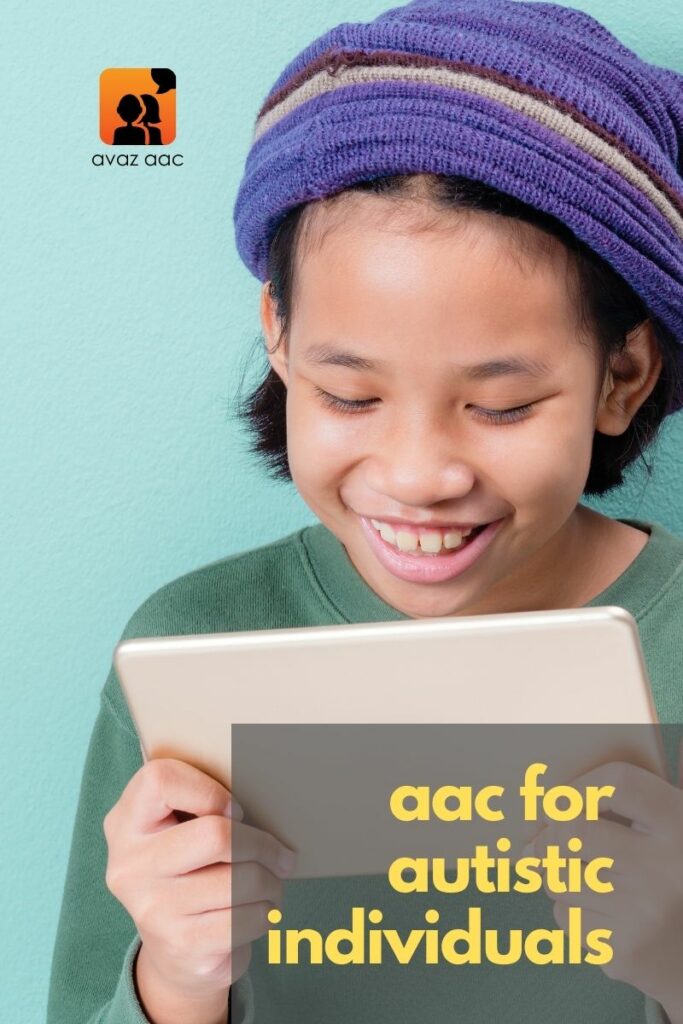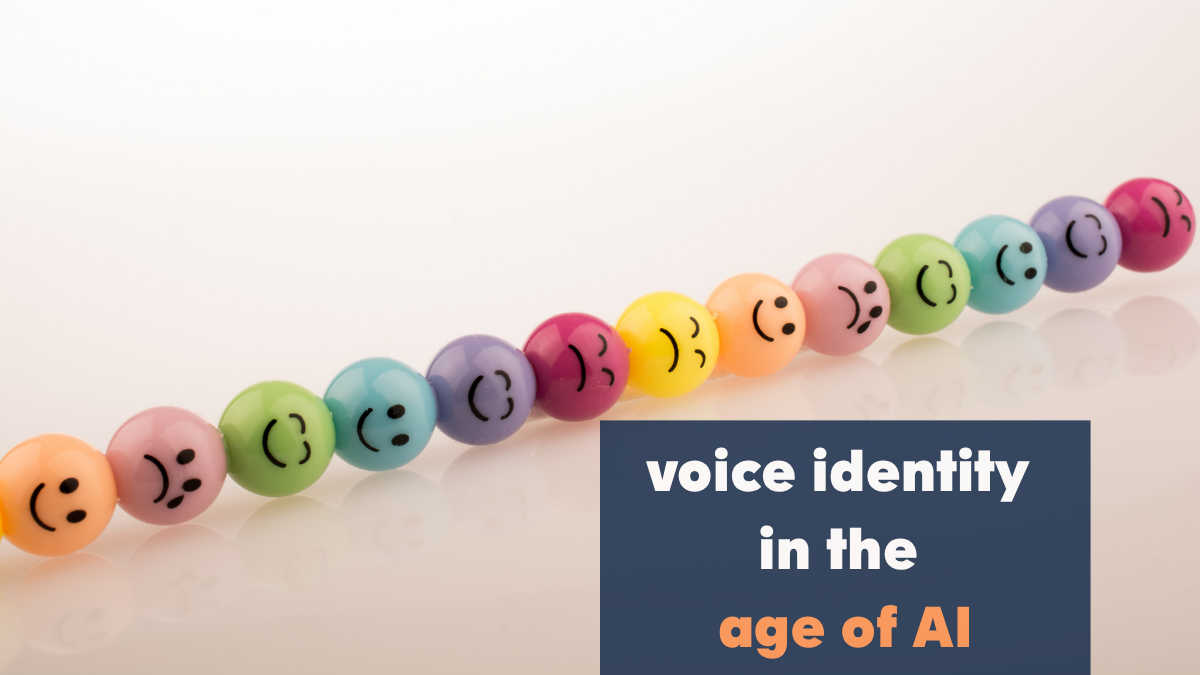Can AAC support autistic individuals? This blog explores how AAC is beneficial for people anywhere on the neurodiverse spectrum.
We choose different ways of communicating our thought and opinions. Some of us use facial expressions to communicate enjoyment, rage, disapproval, and uncertainty. A lot of us prefer texting to voice calls. Why, we even use emojis to express emotions and feelings.


AAC is no different from all these ways of communicating.
Over the years, AAC has been enabling neurodiverse individuals to live their best lives.
How does AAC aid in communication for autistic individuals?
We know that communication happens in different forms. When it comes to complex communication needs, oral speech alone should not be a priority. It is important to enable individuals to express themselves through any form of communication. This approach is more beneficial in the long run.
Augmentative and alternative communication (AAC) is a form of assistive technology that provides an alternative form of communication for people of all ages. AAC refers to all forms of communication besides just speech. It can be used to support existing speech. AAC can also be an alternative source of communication. It particularly useful for people with autism and other neurodiversities.
AAC enables an individual’s personality to emerge. It broadens communication and enhances social relationships. AAC systems enable active communication. This improves verbal speech. AAC aids scaffolded learning too. This involves learning the meaning of a single word, followed by developing single-word vocabulary. It culminates with combining words to form phrases and sentences. This helps children with autism achieve their goal of independent, spontaneous communication.
Types of AAC
AAC is useful in any setting and at any time. It is broadly classified into 2 types, namely:
- Unaided augmentative and alternative communication
- Aided augmentative and alternative communication
Unaided augmentative and alternative communication:
This refers to the kinds of AAC where the autistic individual doesn’t require any special equipment. Gestures and hand signs, used to supplement speech or as the primary mode of communication, is one example.
Aided augmentative and alternative communication
This is broadly classified into two – Low-tech and Hi-Tech systems.
Low-tech AAC: These are mostly paper-based materials such as picture cards, books and symbol charts. To convey their message, the user chooses letters, words, or phrases from the communication charts. Any tool that isn’t electronic is classified as low-tech. The key component of this system is its affordability aspect.
Hi-tech AAC: Dedicated electronic devices that help with communication which also includes speech-generating devices. Hi-Tech AAC provides more vocabulary with minimal effort. Language development utilizes auditory feedback here. With time, it fosters less dependency on communication partners. Furthermore, it also allows expansion of communication with all groups.
Benefits of AAC
- AAC does not affect natural speech. It acts as a support system to improve vocabulary and communication skills in the long run.
- Autistic individuals can begin to use AAC from an early age. There is no minimum age or degree of competence required to be a user.
- Verbal and non-verbal individuals can benefit from AAC.
- Reduces the occurrence of challenging actions as a consequence of frustration or a communication breakdown
- An AAC user can communicate with anyone. It removes boundaries for interaction with peers.
- AAC is not the only form of communication. A user selecting an item in the device or picture card is a form of communication. Laughter is communication, an eye roll after pointing out an item is also communication. Transitions and bridging the gap between the user’s need to communicate and transmit the message are made easier with AAC.
Allaying Concerns with AAC
Many parents of children with autism have concerns with implementing AAC. Their chief concern is that AAC may limit their children’s capacity to communicate verbally. This understanding is not factual. In fact, research has proven time and again that the opposite is more likely.
Everyone is different and has distinct abilities. Each person will benefit from a particular communication strategy. Sign language, exchange communication, and Speech Generating Devices are the most popular types of AAC methods. Choosing an AAC tool should be based on the individual’s needs and strengths. A speech-language pathologist typically prescribes these devices as part of augmentative and alternative communication therapy (AAC).
Today’s fast-moving world sees new educational developments and technological discoveries all the time. In such an age, simple communication should not be a hindrance to an autistic person’s daily life. Individuals on the autism spectrum should be given all opportunities to develop their skills. They should be supported to voice their opinions and thoughts.
Final Word
It’s been more than a century since the first communication boards were used to introduce AAC for people with disabilities. In this time, AAC has aided countless people with disabilities. It has given them an opportunity to thrive. AAC has revolutionized the way autistic people learn, making communication easier and more enjoyable.



